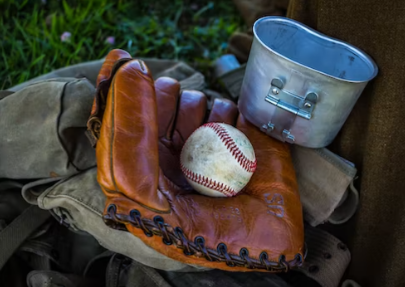Sports memorabilia authenticity is a booming industry. With the advancement of technology, fraud has become a major problem. The authenticity of sports memorabilia can be verified through various methods. The most common way to authenticate memorabilia is by checking for signatures and logos on the items. The second method that is often used to authenticate sports memorabilia is with the use of forensic examination by experts in this field. They will use microscopes and other tools to examine the item and compare it with known authentic examples from that era. This method can be expensive and time-consuming, but it is considered the most reliable way to authenticate collectibles.
The Importance of Provenance in Sports Memorabilia Authentication
Provenance is the history of ownership of an object. It is a legal term that can be applied to any type of property, including art and collectibles. In the sports memorabilia industry, provenance can be used to authenticate a collectible. The authenticity of an item is determined by its provenance. The importance of provenance in sports memorabilia authentication cannot be overstated.
Provenance tells us the story behind each item and gives us clues as to how it was obtained or made. Without provenance, we would not know whether or not an item was authentic or fake because we would not know where it came from and who had handled it before we did.
What are the Best Ways to Spot a Fake Sports Memorabilia?
There are many ways to spot a fake sports memorabilia. One of the most common fakes is when a player’s signature is forged on the item. The best way to check for this is to compare the signature on the memorabilia with an authentic autograph from that player.
Another way to spot a fake sports memorabilia is by looking at the design and materials it was made out of. If it looks too good to be true, then it probably is. For example, if you see something made out of gold or silver but it costs less than $10, then there’s a good chance it’s not real.
